Related products
-

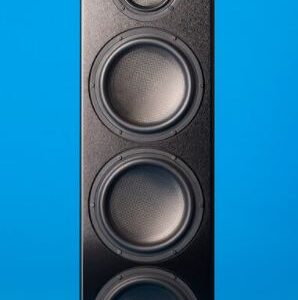 Add to cartQuick View
Add to cartQuick View -
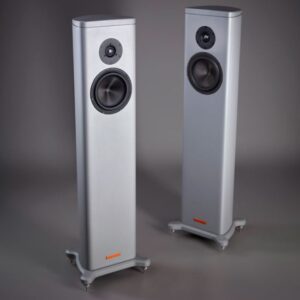
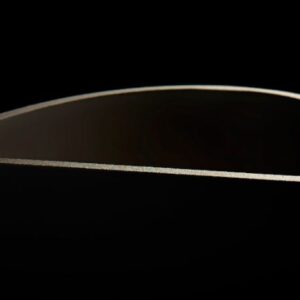 Add to cartQuick View
Add to cartQuick View -
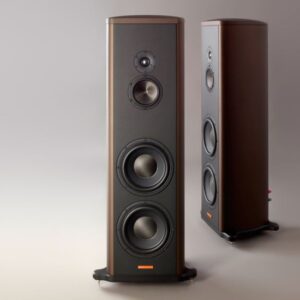
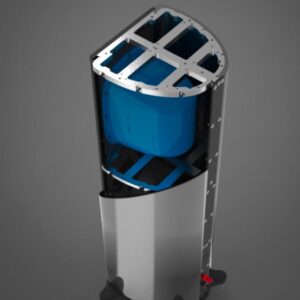 Select optionsQuick View
Select optionsQuick View -
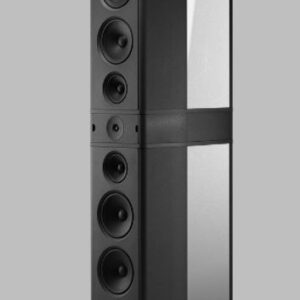
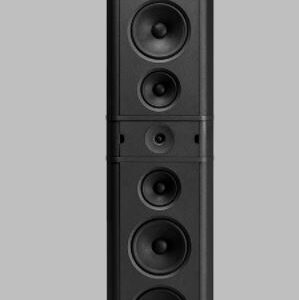 Add to cartQuick View
Add to cartQuick View -
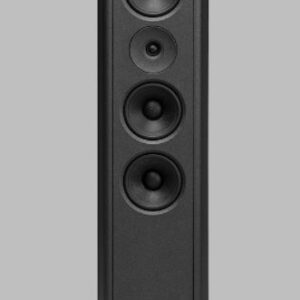
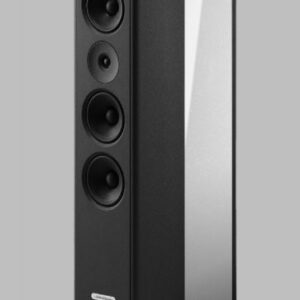 Add to cartQuick View
Add to cartQuick View -
-45%

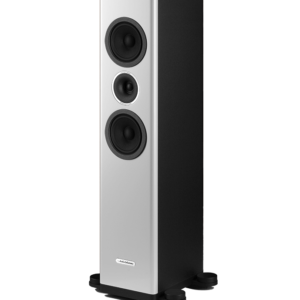 Select optionsQuick View
Select optionsQuick View -
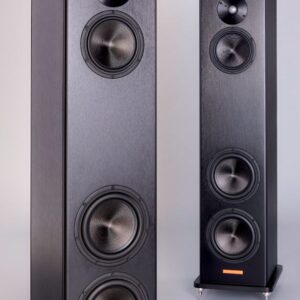
 Add to cartQuick View
Add to cartQuick View -
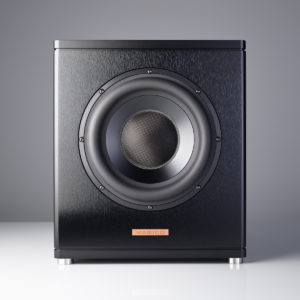
 Add to cartQuick View
Add to cartQuick View -
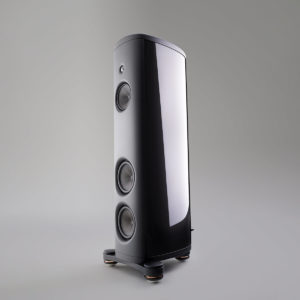
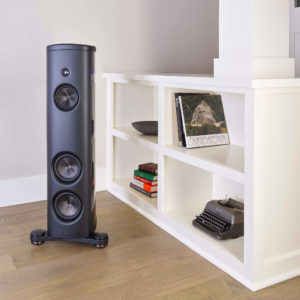 Add to cartQuick View
Add to cartQuick View -
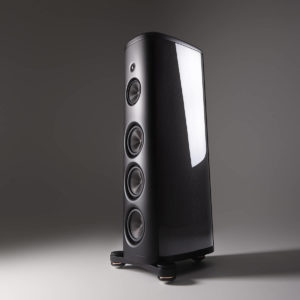
 Add to cartQuick View
Add to cartQuick View
